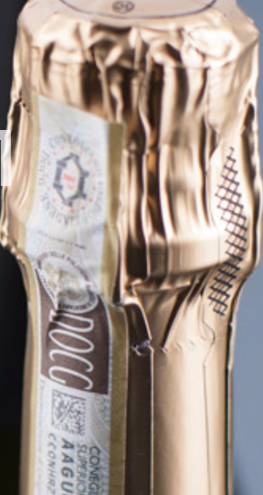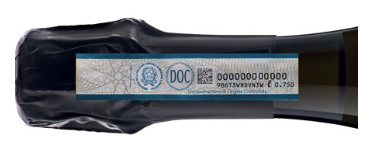DOC and DOCG wines
Both of these abbreviations indicate a region listed in the register of wine appellations, meaning that wine produced in this area can be labeled with the designation of that appellation.
DOCG is the highest classification level of Italian wines. The exact wording is enshrined in the law for the protection of controlled designations of origin. Wines that carry this seal on the bottle must meet the strictest criteria.
The grapes must be grown in a region that is registered within a consortium as DOCG.
Each wine must meet specific parameters for the given variety: lower maximum yields (exact yield limits are set for each type of wine), longer aging in barrels, and a specified varietal composition for the wine.

DOC is the second-highest classification level of Italian wines. Wines with the DOC designation must also meet the requirements of a recognized location for the cultivation of that variety, and conditions such as maximum yield and aging duration must also be followed. These requirements are not as strict as those for DOCG wines, but are still more stringent than for IGT wines.

For example, the Nebbiolo variety – a red grape from the Piemonte region – if grown in the Barolo wine area and the winemaker adheres to the aging requirements, the wine can be labeled as BAROLO. The wine appellation must also receive samples from the winemaker to approve the proper organoleptic profile of the wine. If the wine passes all checks, the winemaker receives a seal that is placed on the bottle neck.
WHAT IS VERY INTERESTING:
A winemaker may have 2 hectares of the Nebbiolo variety officially registered within the Barolo appellation. If they expand this area by even just a few vines, the appellation authority will find out immediately, as all vineyard dimensions are monitored via satellites. The winemaker must then either apply for an extension permit – which is not easy – or uproot the unauthorized vines. Inspections are strict and frequent, especially in highly sought-after regions like Barolo and Barbaresco, where wine prices can reach several hundred euros.
A winemaker who receives tax bands for a given quantity of wine must immediately pay VAT when dispatching the wine, whether for a customer or just for tasting purposes. This way, the wine appellation keeps everything well under control.
IGT (Indicazione Geografica Tipica) is a designation for wines that do not meet the parameters for DOC or DOCG wines. However, this does not mean they are of lower quality. Often, IGT wines are produced by winemakers who deliberately chose not to strictly follow the law and believed that by deviating from certain norms (especially in multi-varietal wines), they could achieve very interesting wine quality.
